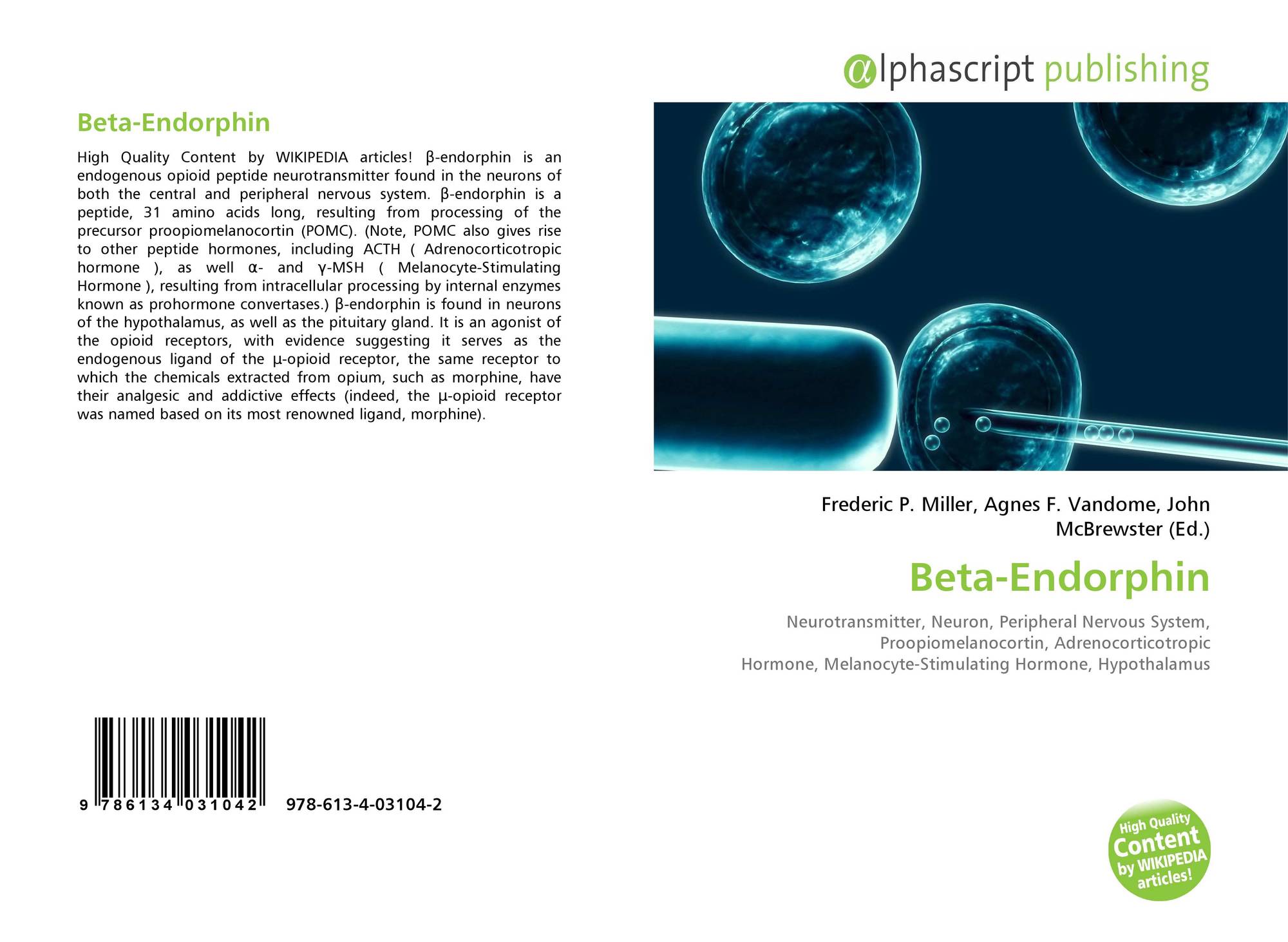


In addition, the spinal cord seems to be accessible for entrance of blood born proteins and for reentrance of proteins circulating in the surrounding arachnoid space. Peripheral β-END may be able to access the CNS from the periphery via the circumventricular organs (CVO’s) lacking in a blood–brain barrier (BBB), and the choroid plexus. This conclusion does not necessarily indicate that central CSF and peripheral plasma levels of β-END are totally unrelated. The evidence discussed in the present review has led to the conclusion that CSF-levels of β-END are not a reflection of the peripheral levels, but are controlled and regulated by separate inputs and by specific mechanisms that are functionally separate from the pituitary release mechanisms involved in the plasma levels. The present review explores the existence of a special central and brain-directed β-END system and the possibility that the cerebrospinal fluid (CSF) plays a special role in the propagation of these brain-directed β-END messages. Since it has been observed that peripheral administration of β-END does not necessarily induce the same effects as intracerebroventricular (icv) administration, this suggests the existence of two functionally different β-END systems, one for the central effects and one for the peripheral effects. Interestingly, β-END is produced in the pituitary for release into the peripheral systemic circulation, and by hypothalamic POMC neurons for release inside the central nervous system (CNS). More specifically, β-END was shown to play a role in several kinds of behavior, like feeding, sexual behavior, learning processes, reward, pain-regulating mechanisms, as well as in a variety of physiological functions such as cardiovascular regulation and stress responses. The behavioral effects of β-END were soon recognized and vary from prolonged muscular rigidity to general arousal. The molecular weight of β-END is 3465 g/mol. β-END is its C-fragment (containing the amino acids 61–91) and was characterized by Guillemin et al, in 1977, in combination with its sister peptides, α-melanocyte-stimulating hormone (α-MSH), adrenocorticotropic hormone, (ACTH) and other substances. Beta-Endorphin (β-END) is a neuropeptide, produced by pro-opio-melanocortin (POMC) neurons as well as by pituitary cells mainly located in the intermediate lobe, by cleavage from a larger precursor molecule, beta-lipotropin. There is increasing evidence that non-synaptic communication by volume transmission in the flowing CSF plays an important role in neural mechanisms, especially for extending the duration of behavioral effects. Some of the points discussed in the present review are: release mechanisms of β-END, independence of peripheral versus central levels, central β-END migration over considerable distances, behavioral effects of β-END depend on location of ventricular administration, and abundance of mu and delta opioid receptors in the periventricular regions of the brain.

In the present paper we surveyed the evidence that volume transmission via the CSF can be considered as an option for messages to reach remote brain areas. In addition, numerous varicose β-END-immunoreactive fibers are situated close to the ventricular surfaces. The major source of β-END are the pro-opio-melano-cortin (POMC) neurons, located in the arcuate hypothalamic nucleus (ARH), bordering the 3 rd ventricle. In the present review, we explore the mechanisms involved in the behavioral and physiological effects of β-endorphin (β-END), especially those involving the cerebrospinal fluid (CSF), as a message transport system to reach distant brain areas.


 0 kommentar(er)
0 kommentar(er)
